Parts
Cruiser Bike Handlebars: Characteristics and Features
Cruiser bikes, often recognized for their timeless design and comfortable riding position, have long been a favorite among casual cyclists and beach goers. A significant component of this classic bicycle design is its handlebars. Cruiser bike handlebars are not just an aesthetic choice, but they also offer ergonomic benefits that make the ride smoother and more enjoyable. In this article, HookBike’s will dive deep into the characteristics and features of Cruiser Bike Handlebars, providing a comprehensive overview for enthusiasts and prospective buyers alike.
A Brief History of Cruiser Bikes
The cruiser bike, often called a beach cruiser, is a relaxed and easy-going bicycle, and its handlebars play a significant role in defining its character. Let’s delve into a brief history of cruiser bike handlebars:
Origins of the Cruiser Bike (1930s-40s)
The first cruiser bikes emerged in the 1930s and 1940s. These bikes were simple, sturdy, and built for casual rides, especially on flat terrains like beaches.
Handlebars: The early cruiser bikes usually featured wide, sweeping handlebars. These handlebars, often termed “bullhorn” or “cowhorn” bars, allowed for an upright riding posture, providing comfort over longer distances. The broad, swooping design was not just functional but also gave the bike a distinctive aesthetic.
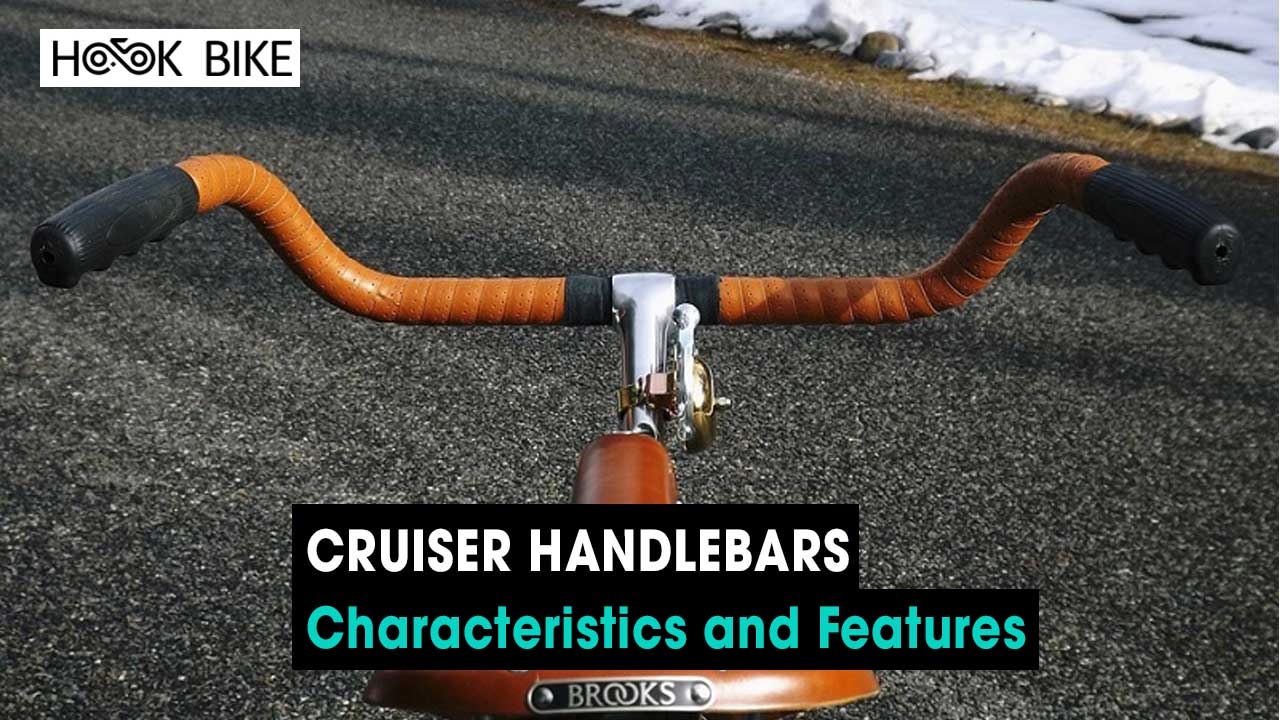
Post-War Era (1950s)
The 1950s saw a boom in bicycle sales in the U.S., especially among teenagers. Bicycles were no longer just for commuting; they were for fun, adventure, and style.
Handlebars: In this era, we began to see more variations in handlebar design. While the classic wide design remained popular, some models introduced the “ape hanger” style handlebars, which were tall and allowed riders to hold the grips at or above their shoulder height. These were especially popular among the custom bike and later, the chopper motorcycle community.
Decline and Resurgence (1970s-90s)
With the increasing popularity of cars and the introduction of more specialized bikes like mountain bikes and road bikes, cruiser bikes saw a decline in the latter part of the 20th century. However, by the 1990s, there was a renewed interest in cruiser bikes as people sought comfortable and stylish alternatives for leisure riding.
Handlebars: The handlebars of this period went back to the roots, emphasizing comfort. The classic wide handlebars remained the standard, but with more ergonomic designs, ensuring that the rider’s wrists were in a natural position.
See more: Drop Handlebars
Modern Era (2000s-Present)
The 21st century has seen a wide variety of handlebar styles and customizations, thanks to the DIY culture and the renewed interest in vintage and retro designs.
Handlebars: Today’s cruiser bike handlebars come in an array of styles, from the classic wide bars to the high-rise “ape hangers” and everything in between. Modern materials and manufacturing techniques allow for lightweight yet strong handlebars, and ergonomic designs ensure that even the most stylized handlebars provide comfort on long rides.
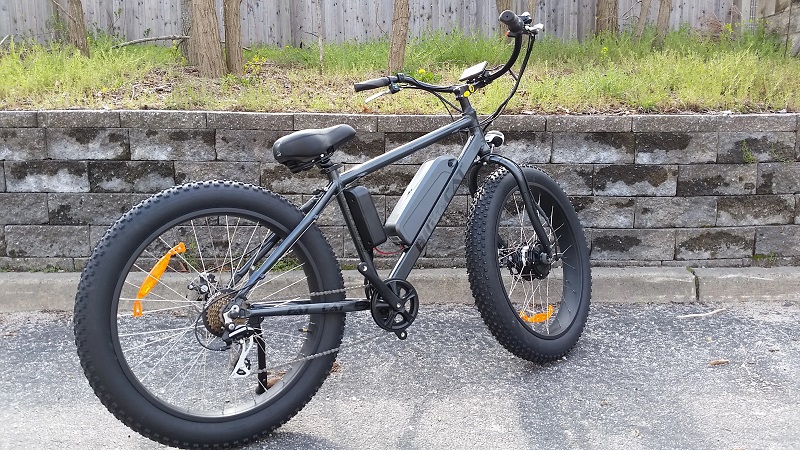
Cruiser bike handlebars have evolved over the decades, reflecting the changing tastes, needs, and technologies of the times. While their basic purpose remains the same – to provide a comfortable grip and steering mechanism – the style, materials, and design have transformed, making the handlebars as much a statement of style as they are of function.
Outstanding features of Cruiser Bike Handlebars
Cruiser bike handlebars have several standout features that make them unique and desirable for the specific type of riding they’re designed for. Here’s a rundown of the most outstanding features:
The Ergonomic Design of Cruiser Bike Handlebars
Cruiser bike handlebars are distinct because of their upward and backward curve. This design encourages riders to sit upright, promoting a better spinal posture. Here are some of the ergonomic benefits:
- Upright Riding Position: The sweeping design of the handlebars ensures that riders don’t have to lean forward, reducing strain on the wrists, shoulders, and back.
- Wider Grip: These handlebars are generally wider than those on racing bikes. A wider grip provides better control, especially at slower speeds typical for cruiser bikes.
- Easy Reach: Their unique shape means they are closer to the rider, reducing the need to overextend arms, leading to a more relaxed riding experience.
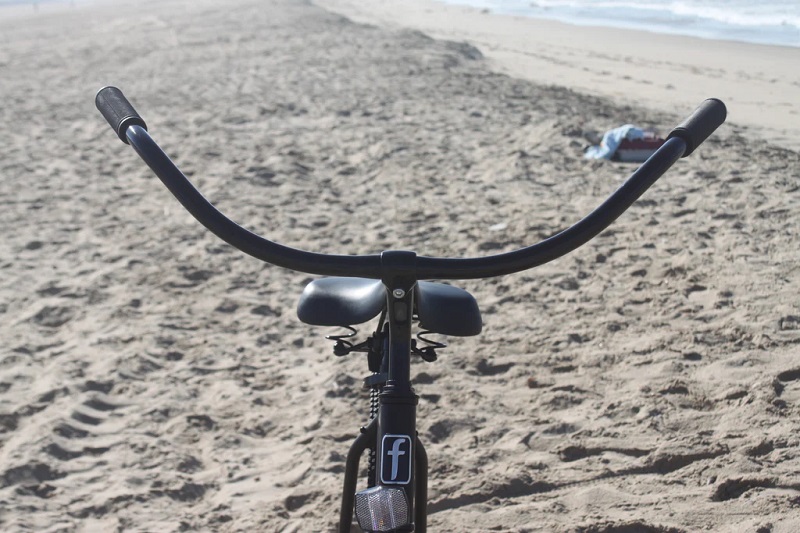
Material Choices and Durability
Over the years, the materials used for crafting cruiser bike handlebars have evolved. Today, they are typically made from:
- Steel: Renowned for its durability, steel handlebars are rust-resistant and provide excellent strength. They might add a bit of weight to the bike, but they’re perfect for riders looking for longevity.
- Aluminum: Lighter than steel, aluminum handlebars are resistant to corrosion. Their lightweight nature doesn’t compromise on strength, making them a favorite for many riders.
Customization and Accessories
One of the joys of owning a cruiser bike is the potential for personalization, and the handlebars are no exception:
- Grips: From leather-wrapped to rubberized, the choices are vast. Grips can be changed to suit personal preferences both in terms of feel and aesthetics.
- Baskets and Bags: Given the casual nature of cruiser biking, many riders choose to fit baskets or handlebar bags, making it easier to carry essentials during a ride.
- Bell and Mirrors: Enhancing both safety and functionality, bells and mirrors can be easily attached to cruiser handlebars.
Choosing the Right Cruiser Bike Handlebar
While all cruiser bike handlebars share certain characteristics, there’s a range of designs available. When selecting the perfect handlebar, consider:
- Width: The width should align with the rider’s shoulder width for the most comfortable grip.
- Rise: This refers to the height of the handlebar’s highest point. A higher rise provides a more upright seating position.
- Sweep: The backward curve or angle of the handlebar is its sweep. A more pronounced sweep offers a laid-back riding style.
Cruiser bike handlebars are designed to offer maximum comfort, functionality, and style. Their unique features make them a preferred choice for those who enjoy relaxed, leisurely rides, especially on flat terrains.
See more: Flat Handlebars
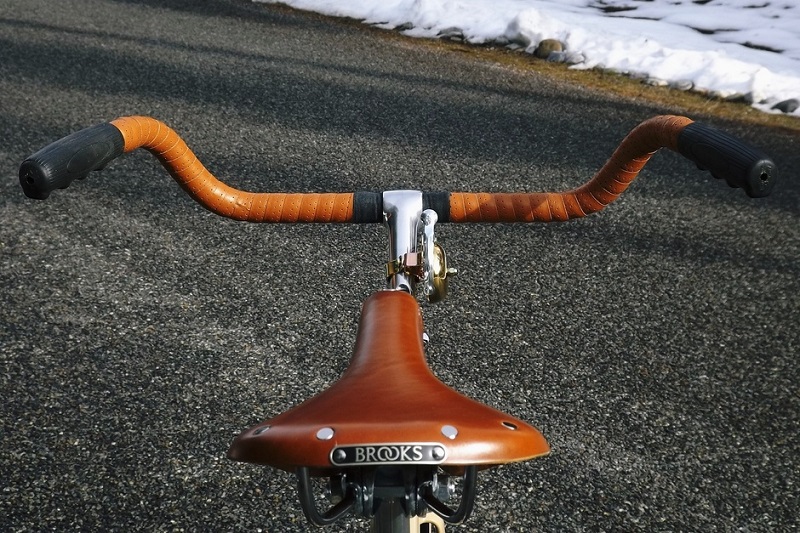
How much do Cruiser Bike Handlebars cost?
The cost of cruiser bike handlebars can vary widely based on several factors, including brand, material, design complexity, and any integrated features. Here’s a general price range you can expect:
- Budget Handlebars: These can range from $10 to $30. They’re typically made of basic materials like steel and might lack some of the more ergonomic designs or finishes of higher-end bars. These are suitable for casual riders or those looking for a quick replacement.
- Mid-range Handlebars: Generally priced between $30 to $80. At this price point, you can expect better materials, perhaps lightweight aluminum, and a more ergonomic or aesthetically pleasing design. Some may also offer special finishes or coatings for added durability.
- High-end Handlebars: These can range from $80 and go up to $200 or even more. Handlebars in this range are usually from well-known brands, made of premium materials like carbon fiber or high-grade aluminum, and may offer advanced ergonomic designs, integrated features, or special coatings for corrosion resistance.
- Custom Handlebars: If you’re looking for something unique or tailored to specific needs, custom handlebars can vary greatly in price, typically starting from $100 and going up based on the complexity of the design and materials used.
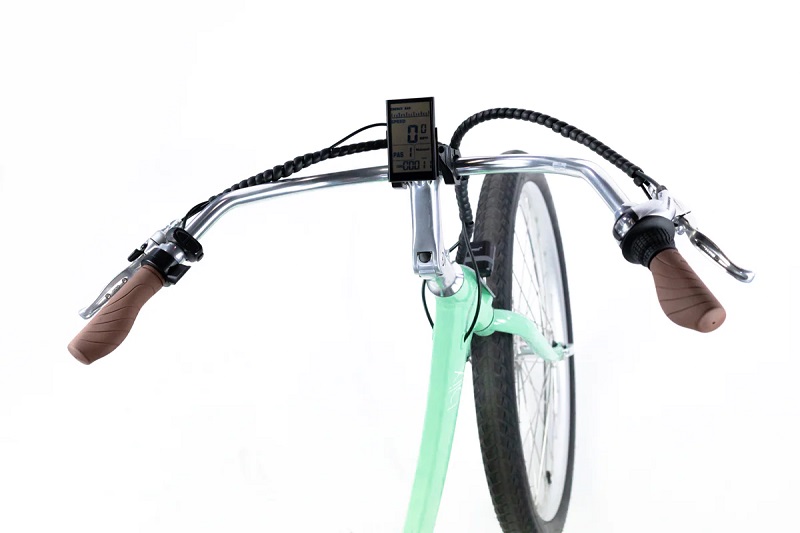
It’s also worth noting that the above prices are for the handlebars alone. If you’re looking to replace or buy additional components, such as grips, brake levers, or gear shifters, those will come at an extra cost.
When purchasing handlebars or any bike component, it’s essential to consider not just the price but also the quality, brand reputation, and compatibility with your bike. Always ensure that the handlebar you’re interested in fits your bike’s stem and suits your riding style and needs.
Conclusion
Cruiser bike handlebars are more than just a stylish component. Their unique design and ergonomic benefits provide a comfortable ride, ensuring that both casual riders and enthusiasts can enjoy a relaxed cycling experience. Whether you’re looking to buy a new cruiser bike or want to upgrade your current one, understanding the characteristics and features of its handlebars will undoubtedly enhance your biking journey.

